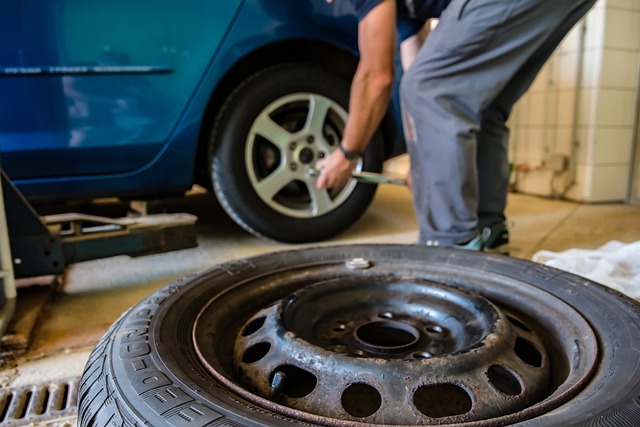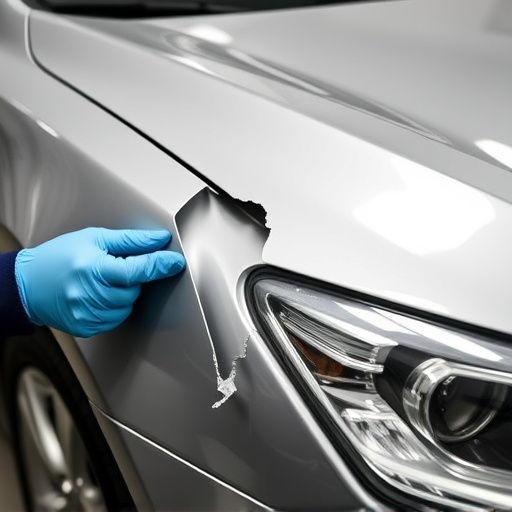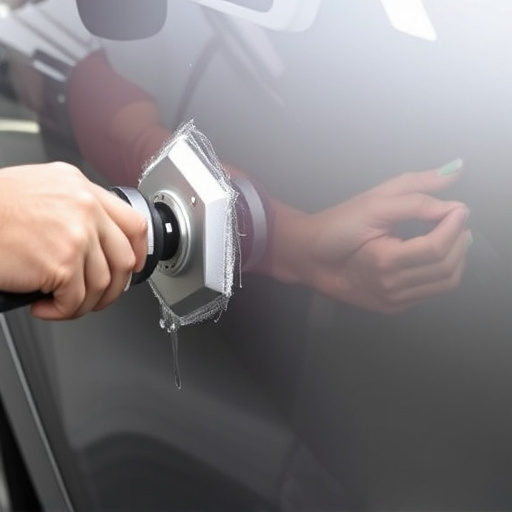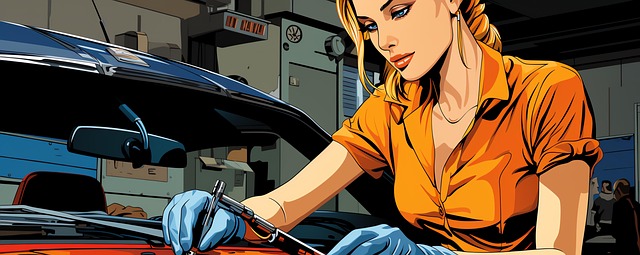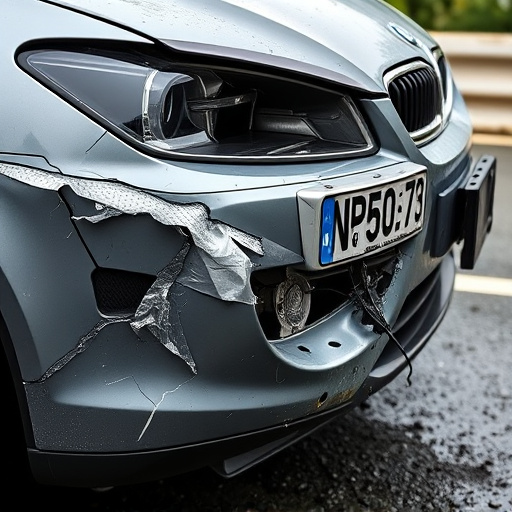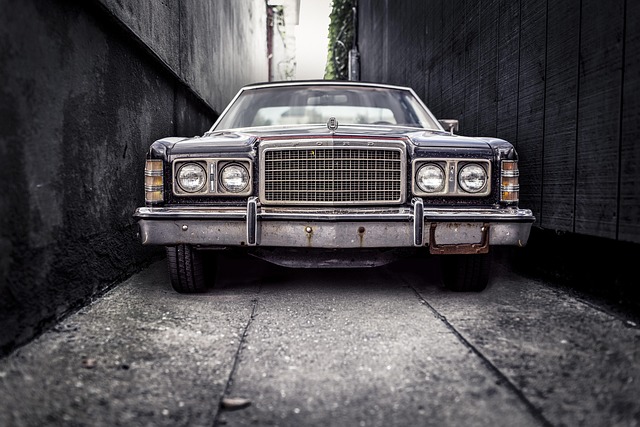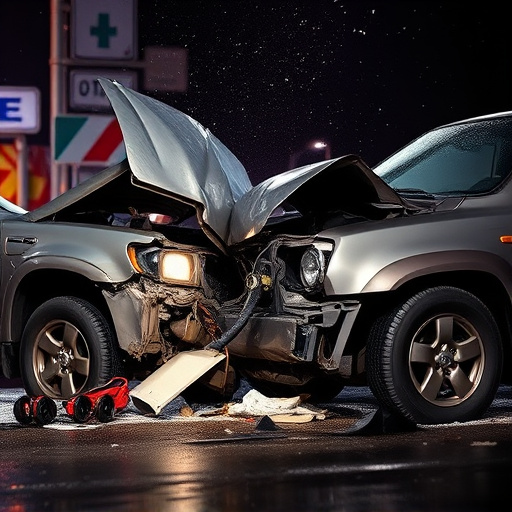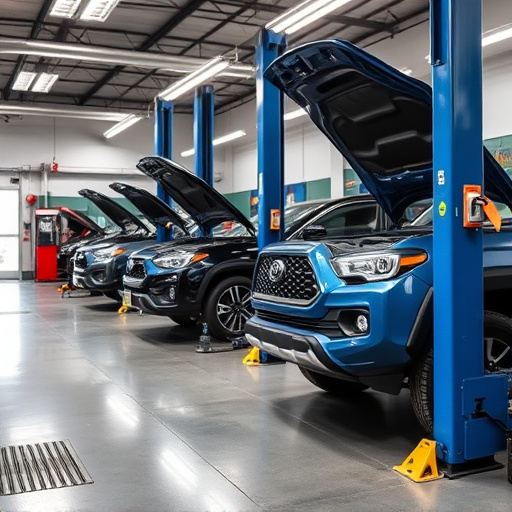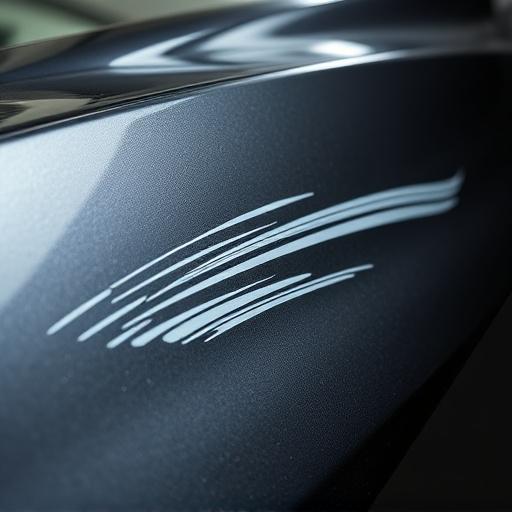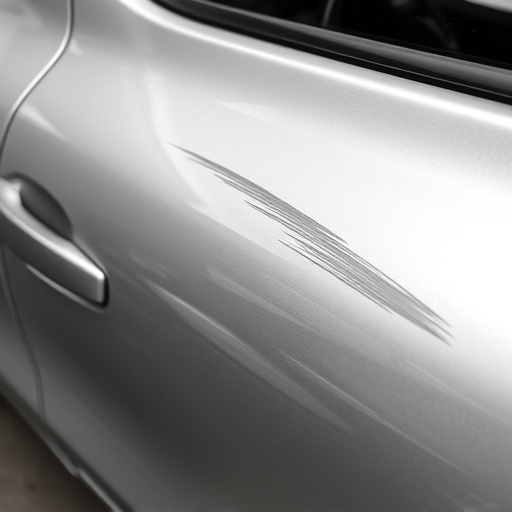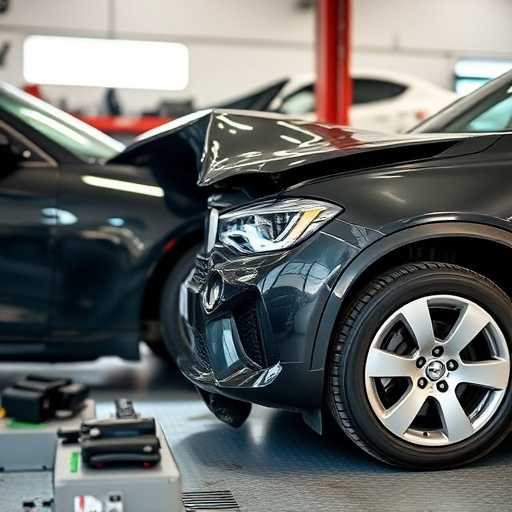For effective detailing after a collision, invest in quality tools like brushes, vacuum cleaners, electric polishers, and microfiber cloths. Store them properly in clean, dry conditions with protective covers to prevent damage. Regular maintenance involves cleaning, organizing, inspecting, and replacing tools promptly for optimal performance and safety during car body repair.
In the aftermath of a collision, proper detailing becomes crucial for restoring your vehicle’s pre-incident condition. This comprehensive guide explores essential tools tailored for effective collision repair and detailing, offering expert insights on maintenance and storage techniques. Discover how to maximize tool performance while ensuring longevity through strategic storage solutions. Learn these tips to efficiently tackle post-collision detailing, achieving flawless results.
- Essential Tools for Detailing After Collisions
- Proper Storage Techniques to Prevent Damage
- Maintenance Tips for Optimal Performance
Essential Tools for Detailing After Collisions
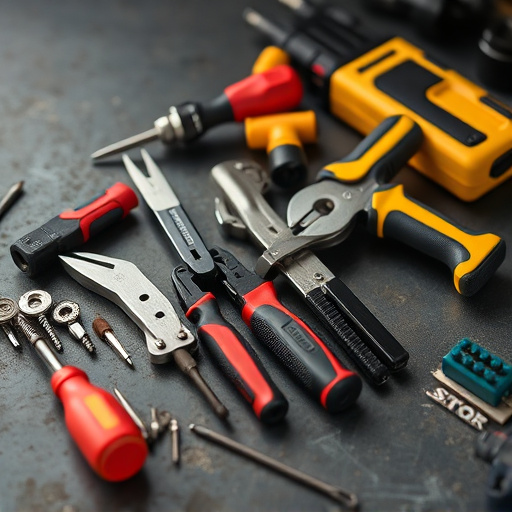
When it comes to detailing after a collision, having the right tools is half the battle won. Essential tools for this process include a variety of brushes, both stiff and soft, for scrubbing and polishing. A reliable vacuum cleaner is also crucial for removing dust and debris, ensuring a clean surface for repairs. For more precise work, consider an electric polisher with interchangeable pads to handle different materials effectively.
Additionally, a set of high-quality microfiber cloths are indispensable for buffing and wiping down the car’s exterior. Never underestimate the power of a good degreaser and cleaner for tough stains. Lastly, don’t forget about safety gear like gloves and eye protection, which protect both you and your vehicle from accidental damage during the detailing process. Remember, proper tools make the detailing after collision not just easier but also more effective, ensuring that your car looks as good as new.
Proper Storage Techniques to Prevent Damage
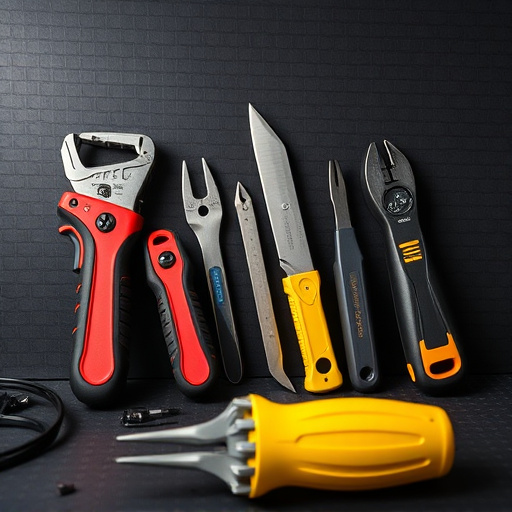
Proper storage techniques are essential for maintaining the quality of detailing after collision tools and ensuring they remain in top condition. When not in use, store your tools in a clean, dry, and cool environment to prevent any damage or rust formation. Use protective covers or bags to safeguard them from dust and debris, especially if they’re made of delicate materials. Organize your storage area efficiently, keeping similar tools together for easy retrieval. This not only streamlines the process but also reduces the risk of losing or damaging items.
Consider investing in a dedicated storage solution tailored for detailing after collision tools. Racks, shelves, and specialized containers can help you maintain order and protect your equipment from environmental factors. Additionally, proper storage practices extend the lifespan of your auto repair services and car collision repair tools, making them readily available when needed without compromising their performance—a key aspect to keep in mind if you’re looking for reliable auto repair near me.
Maintenance Tips for Optimal Performance
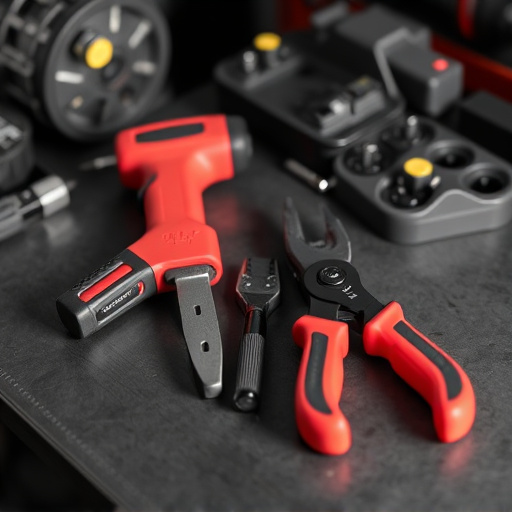
Regular maintenance is key to ensuring your detailing after collision tools perform at their best. Start by keeping them clean and free from debris, as dirt and grime can affect their efficiency and durability. Use a soft cloth or brush to wipe down each tool after every use, removing any excess compound or polish. This simple step prevents build-up and prolongs the life of your tools.
Additionally, consider storing your detailing tools in a designated, organized space within your auto body shop. Invest in a secure storage system that keeps them protected from damage and makes it easy to locate them when needed. Regularly inspect your tools for any signs of wear or tear, replacing damaged items promptly. This proactive approach ensures optimal performance, enhances work quality during car body repair, and reduces the risk of accidents due to poorly maintained equipment in your automotive repair facility.
When it comes to detailing after collisions, proper tool maintenance and storage are key to ensuring optimal performance and preventing further damage. By implementing the essential tools, storage techniques, and regular maintenance discussed in this article, you can keep your detailing kit ready for action, providing top-notch results every time. Remember, a well-maintained toolkit is a crucial asset in the world of collision detailing.
